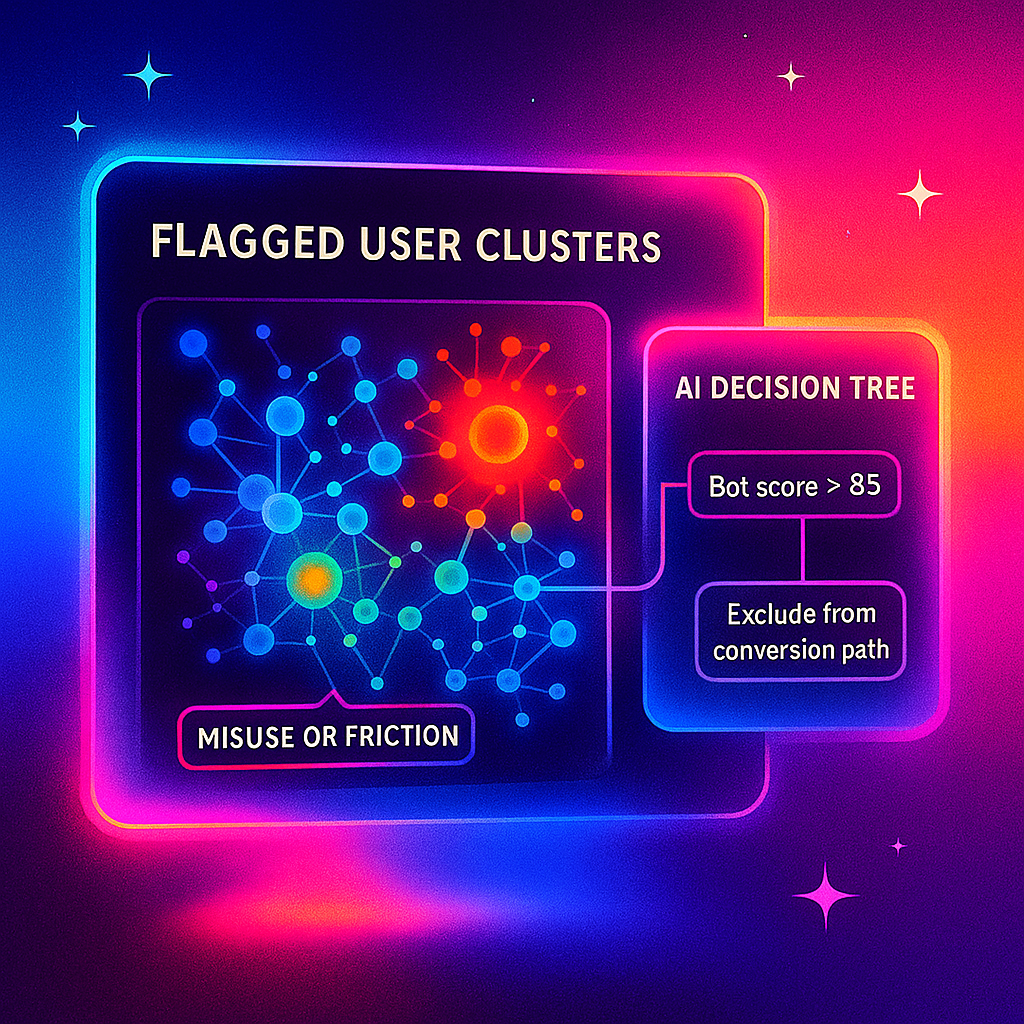Accessibility Debt Backlog: Jira Template Walkthrough
by Admin-checker
INDEX
AI-generated anti-personas serve as tools to detect unwanted traffic and fraud risks and mismatched users. A must-read for conversion-focused teams in 2025.
Date Jul 25, 2025
INDEX

Conversion Rate Optimization usually focuses on ideal users.
But not all traffic is good traffic. The AI system known as anti-persona will identify unwanted users who generate more costs than conversions during 2025. The anti-persona concept enables CRO teams to view specific user groups that should not be optimized for including fraudsters and bots and mismatched buyers.
The profiles known as anti-personas describe users who fail to convert and increase risk while contaminating data.
Examples include:
While regular personas fuel optimization, anti-personas help filter, warn, and redirect.
User journeys have become messier:
Old-school filters can’t keep up.
Generative AI and LLMs now allow systems to:
Our system runs real-time analysis across UX signals:
When patterns repeat, the AI builds a draft anti-persona cluster, including:
From there, CRO teams can:

When used correctly, anti-personas:
Most importantly, they help teams avoid building for edge cases that never convert.
Anti-personas don’t always mean block or ban.
Boosta uses soft redirects or re-messaging:
It’s about guiding, not just filtering.
Adding anti-personas to your CRO pipeline means:
In a year where AI is powering both users and fraud, every CRO team needs its own watchdog.
AI-generated anti-personas are a must in 2025.
They protect your tests, improve your targeting, and keep your funnel clean.
While most teams obsess over who to attract—leaders now focus on who to filter out.
Because in CRO, knowing who not to serve is just as powerful as knowing who to serve better.
Teams use Zapier in boardrooms, spare rooms, and rooms where AI has ROI.